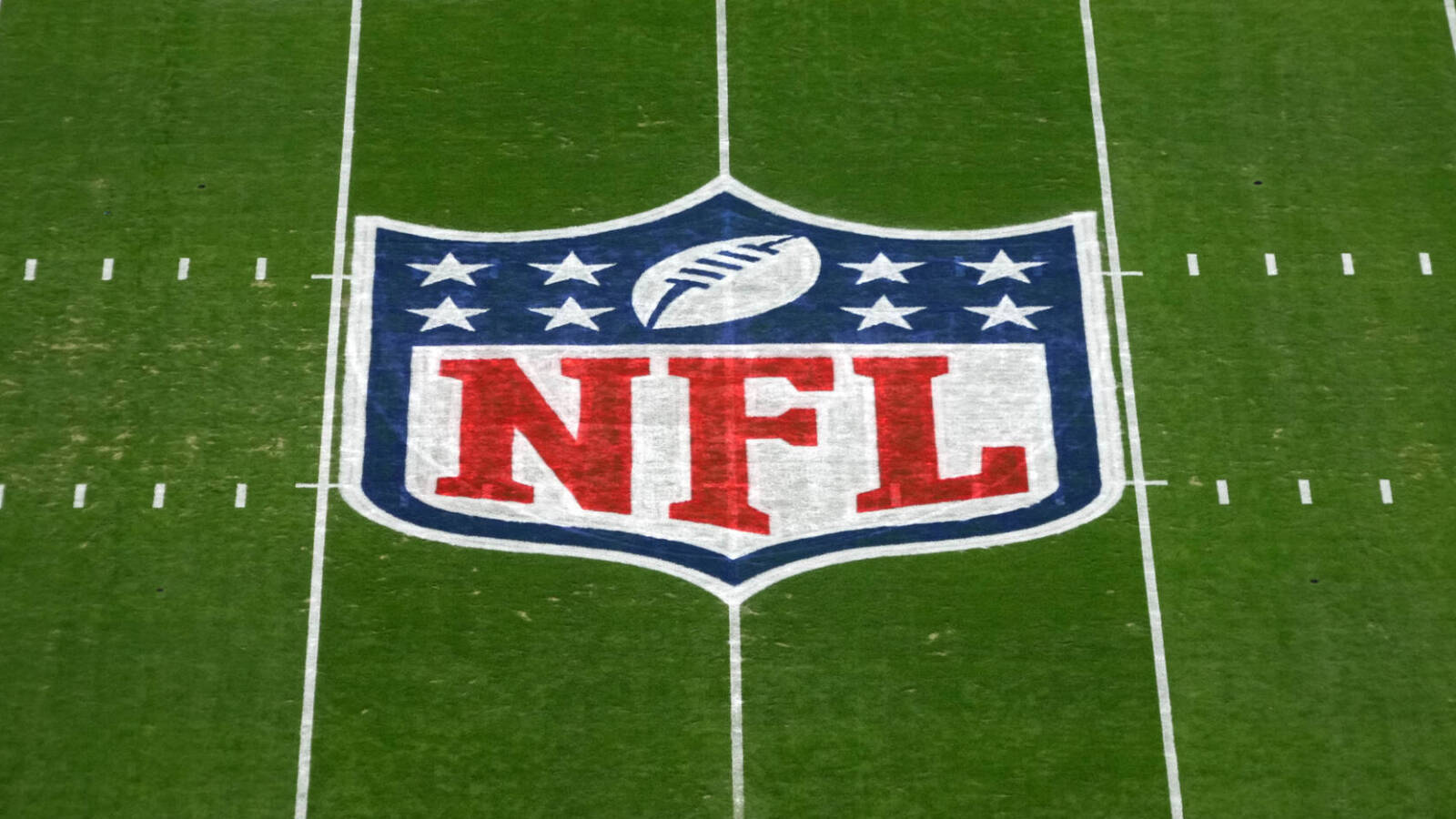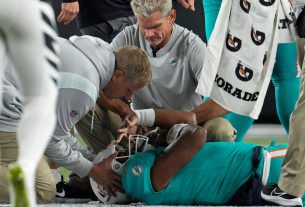A new Boston University study found that nearly 92 percent of former NFL players tested had CTE — a finding that should raise red flags for players, parents and fans.
The university’s CTE Center released its annual report during Super Bowl week.
Of 376 former NFL players studied, 345 (about 91.7 percent) had chronic traumatic encephalopathy, commonly called CTE. It is a degenerative brain disease that can impact cognitive function and behavior. CTE can only be diagnosed after death.
CTE has been found in athletes who have suffered from repeated blows to the head.
The condition has gained headlines over the last decade. Pro Football Hall of Famer Junior Seau, who died by suicide, was found to have CTE. Former NFL player Philip Adams, who killed six people and then took his own life in 2021, was also found to have the disease (h/t: New York Times).
Head injuries have long been an issue within sports, most notably in the NFL. The league has taken measures to reduce the number of head injuries with new rules as well as procedures to remove players with head injuries from games.
But the rules and procedures are not perfect. Earlier this season, the NFL was blasted after Miami QB Tua Tagovailoa suffered an apparent head injury and quickly returned to play. He suffered a head injury later in the season and was only recently cleared from the league’s concussion protocol.
Researcher Ann McKee said it is not one or two head blow that pose the biggest risk, but smaller head impacts such as players suffer in the games.
The findings are more evidence of the dangers of football. While the league continues to police itself on head injuries, outside groups have called for the NFL to make the game safer.
In April 2022, Pro Football Hall of Famer Steve Young told USA Today people should stop attacking football over CTE and instead look for solutions. Young’s former 49ers teammate, tight end Greg Clark, suffered from CTE. He died by suicide in 2021.
“It’s painful to think about people suffering silently,’’ Young said. “We’ve got to be better. We’ve got to figure it out. It’s on a lot of people’s minds, a lot of players minds, how to create an environment where people can share vulnerabilities and fears that probably wouldn’t ever be shared anywhere else.”
CTE concerns have also impacted youth football, with some parents stopping their children from playing the sport. McKee said youth football can be made safer.
“They are not monitoring the amount of head impacts, or intensity of head impacts, they are turning a blind eye to that,” she said. “There is a lot of, ‘If I don’t look at it, it’s not there.’”


